The Perfect Machine
“Wait, if they collude with us and we collude with them, it’s a win-win!” — Anonymous
Palomar Observatory
consists of many large telescopes on top of Mount Palomar near San Diego and is run by Caltech.
Last week, I went there for a field trip with the Ph 10 class (a physics seminar/pizza class led by Prof. Maria Spiropulu) and As 21 (intro to astronomy research). It was a lot of fun because I haven’t really talked to many people from the Ph 10 class before and so I got a chance to know them better.
It’s most famous for its 200-inch Hale Telescope, which is still in use 75 years after it was built. 200-inches refers to the diameter of the mirror; the actual dome is 40 meters in diameter and the telescope looks like a mech from Pacific Rim on the inside.
It is a very good alternative to newer telescopes which are more expensive to use. In science, it’s always better to do the most convenient thing possible while maximizing results. Sure, the James Webb Space Telescope is fancy, but the line to use it is very long and it will cost a lot of money. So, if a slightly lower quality is fine, then many astronomers will opt to use older telescopes.
Among Us
I also made a new friend S from the astronomy class who is actually an art school student that took this class just because she was interested. One of her professors works on Project L which was super interesting. It seems like many people going to art school want to go into video games. I think that makes a lot of sense because it is one of the places that needs artists the most and also seems to have a lot of room for creativity.
However, she also mentioned that the video game art industry doesn’t allow artists to unionize and that artists can be replaced at any moment. So, it’s not a very practical job, but “people who go to art school don’t go because it’s practical.”
Pics are nice
Here are some pictures from the trip:
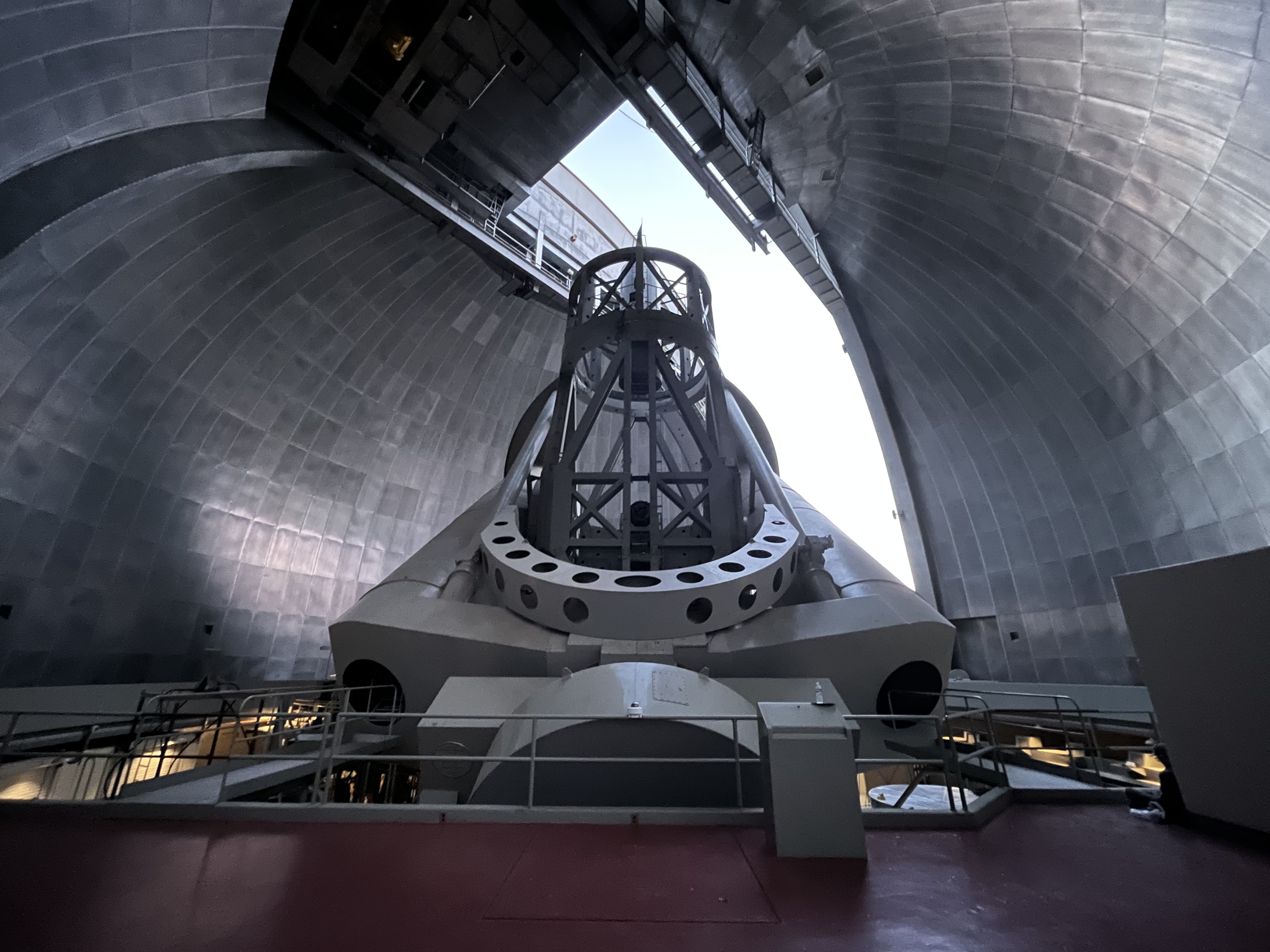
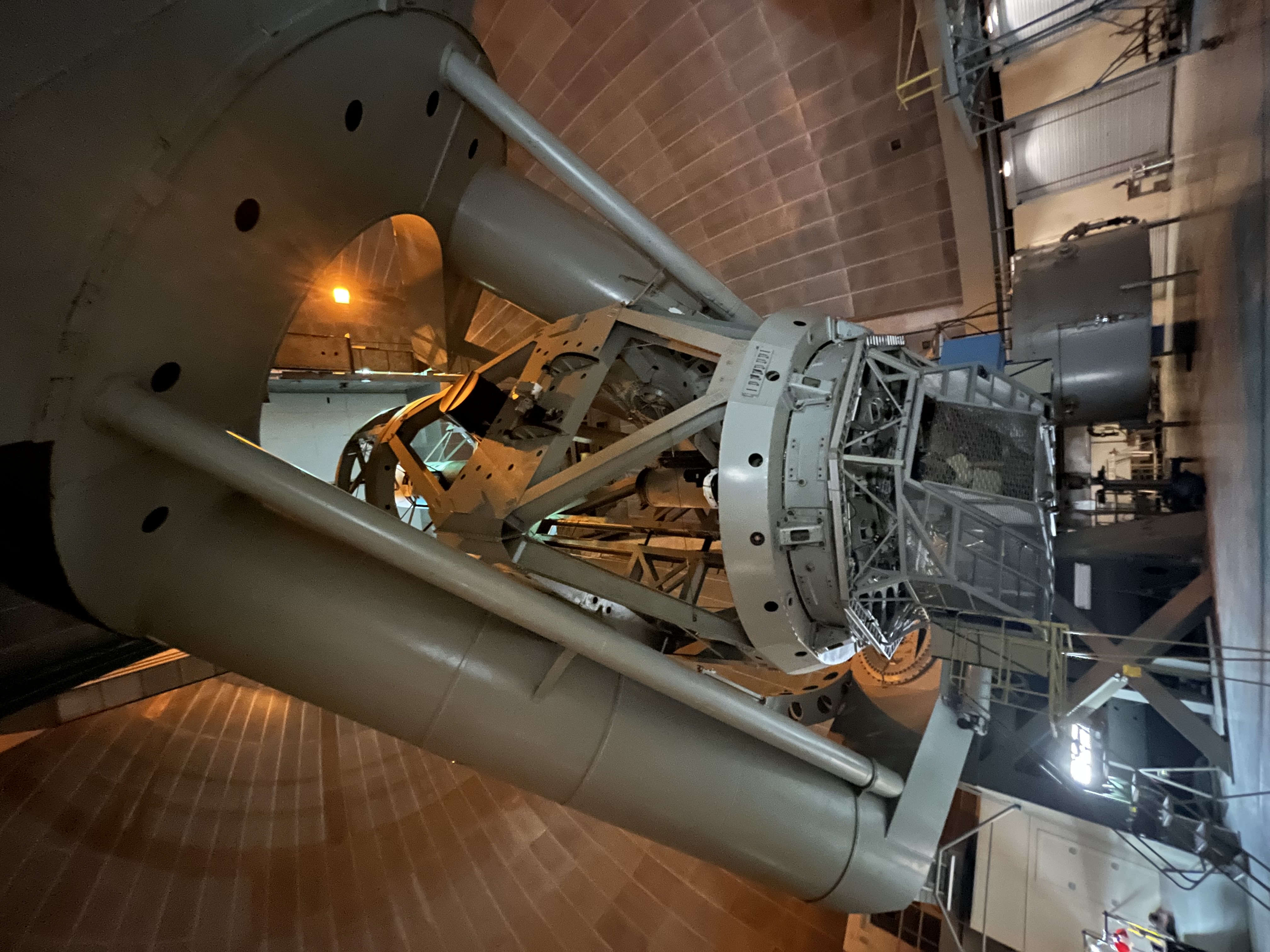
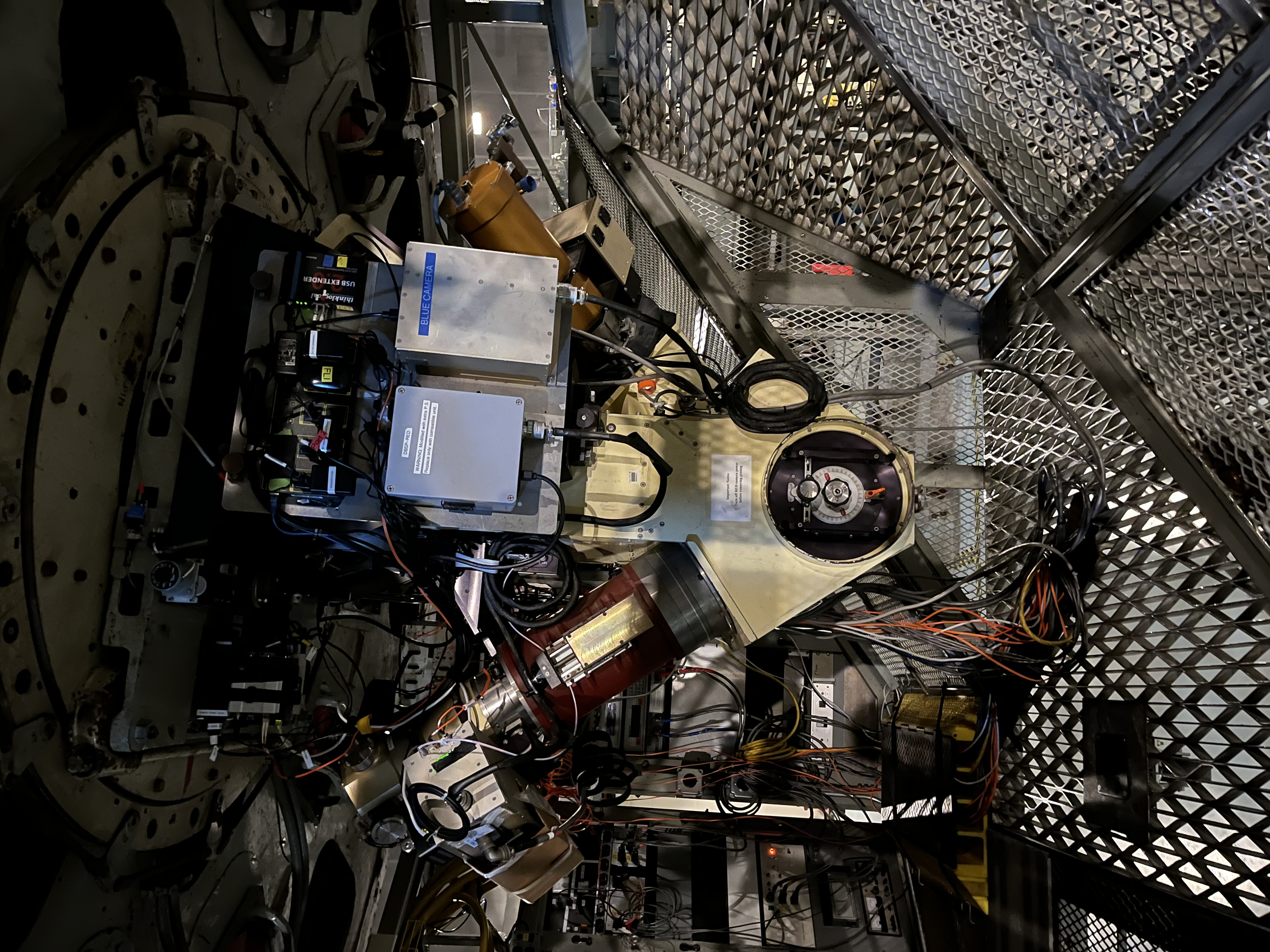
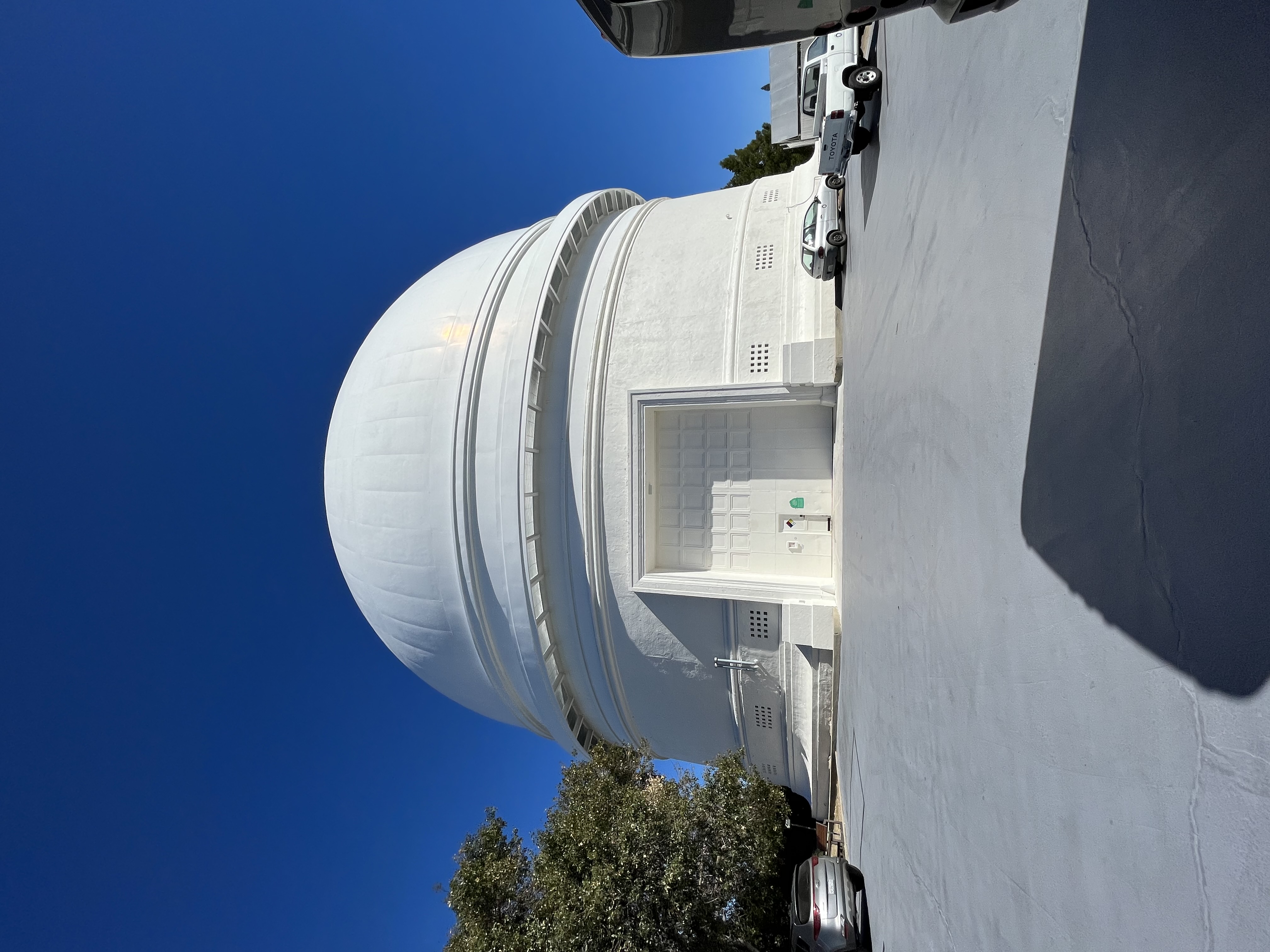
DMO Trolled
Caltech has a shirt that says “MIT” on the front and “because not everyone can go to Caltech” on the back. It was used a few years ago to prank MIT orientation, and the school store took the design and made it actual merch.
So, I bought two size-S shirts and sent them back to my house so that my sister could give them to DMO’s kids. He has a PhD in astrophysics from MIT so I knew he would love the shirt a lot.
He was wondering why I would give him MIT shirts until he saw the back of the shirts. In an email, he talked about how he also went to Palomar a few times and that his children will really enjoy the shirts when they wear them inside out.
I replied that I’m always happy to provide for the needy, because what if he were to lose his job due to letting classes out early to lunch?1
Appearances
are important, as shown by Caltech when they put new grass near the cannon so that the tourists would think more highly of the school. They also repainted some of the railings near the track (it was rusted red before) to make it look nicer. These investments are kind of strange, because for the rest of the year, the school doesn’t really do anything to maintain that appearance. It’s like when people only clean their house when someone is coming over.
How to Make an Origami Paper Star - Tom’s World 2
After seeing the origami club at the club fair, I was inspired to learn how to fold paper stars. It’s actually surprisingly easy.
If you would like to try it, feel free to watch the video below or read the following instructions:
Get a long and thin strip of paper, tie a knot at one end and make it look like a regular pentagon. Secure the end by folding the small end under the pentagon. Place long end back through the center to the side with a hole. Wrap long end around twice on the outside. Make sure not to fold too hard, otherwise the shape will not puff up at the end.
There is a finesse to using the perfect amount of force to bend the long side over. A supposed increase in stability as a result of a stronger crease between two sides simultaneously results in a rigidity that does not allow for future change. If only I could have known this sooner.
2nd Place
Avery House has an annual trivia night which changes its name based on the host. This year, it was Derek, so it’s called “Divia Night.”
My team name was 🚲 (bike emoji) and we tied for second, winning by tiebreaker (our name was cooler than the other team’s). It’s fun to win, but the questions were all very interesting.
Boom 🤯
My favorite question was in a section where there were four pictures shown in sequence, and we must guess the theme as soon as possible (preferably before all four pictures were shown). Try to guess based on these four pictures what the theme is:
 Credit to Altin Ferreira
Credit to Altin Ferreira
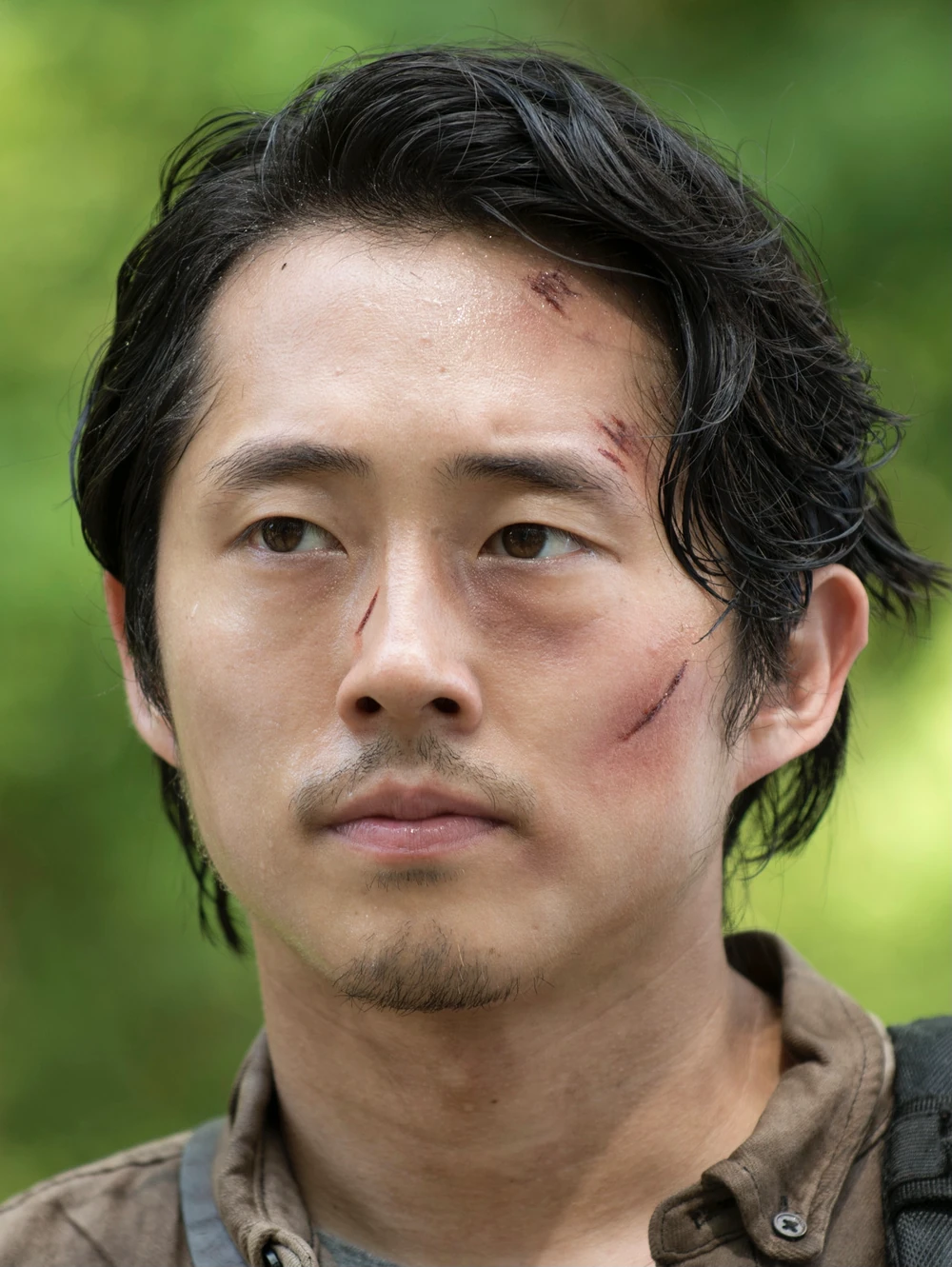 Credit to Link Here
Credit to Link Here
 Credit to Alberto Bigoni
Credit to Alberto Bigoni
 Credit to Total Shape
Credit to Total Shape
And the answer is:
Famous Astronauts
Explanation
- Buzzcut = Buzz Aldrin
- Glenn from The Walking Dead = John Glenn
- Shepherd = Alan Shepard
- Arm workout = Neil Armstrong
Insane, I know, but technically not impossible to get right. Of course, no one got it because it was really unusual imagery. Next year, I think I would enjoy writing the questions.
Out of Context
I recently joined Out of Context, a Caltech acapella group. I’ve never done acapella before, but it always seemed like a lot of fun.
At the audition, I think I did pretty well on everything except for one portion where they played an ascending sequence of five notes on the piano and asked me to sing it back to them. However, they were spaced apart in irregular intervals, so I could not tell what was going on at all even after listening to it five times.
But I was able to bring it back in the chord section where they played three notes on the piano simultaneously (a chord) and asked me to sing the middle note. I actually have the strange ability to recognize chords well, so I was able to recognize all three notes.
First Rehearsal
At my first rehearsal, I was a tenor, which is kind of like the lower-middle voice that’s usually done by guys. However, they said I would also be able to do bass in some song arrangements.
It was actually a lot of fun to learn the first song, “Little Talks” by Of Monsters and Men, because I had never heard it before and also the tenor part was a harmony, which I haven’t done since I played second violin in my 5th grade orchestra.
Agenda
During the meetings, we first do warmups which include upward scales and downward scales, followed by sectionals in which every voice section (consisting of about three people) learns their part, followed by a group attempt. It actually sounded really good on the first try, though there were things to improve.
In the following sectional, if the group take went well, we move onto the next half of the song. But, if not, we go back to learning the first half.
Takeaways
My favorite part was definitely at the end when everyone performed together and it sounded really nice. However, the journey is also important because we recently did a harder song (“Kiss from a Rose” by Seal) and the bass and tenor sections were not doing great because there were some unusual flat and sharp notes that didn’t sound right and a 6/8 time signature.
In essence, not only is it important to celebrate good results; it’s crucial to understand how to get there for future reference. This is kind of like how while the Great Pyramids of Giza or the Hale Telescope are impressive feats, the fundamental amazement comes from wondering how they were built rather than their surface-level monumentality.
Footnotes
-
DMO never lets a class out early to lunch with the excuse that he could be fired (there is no way he would get fired). ↩
-
I used to watch an origami YouTube channel called Rob’s World and his titles were in that format. ↩

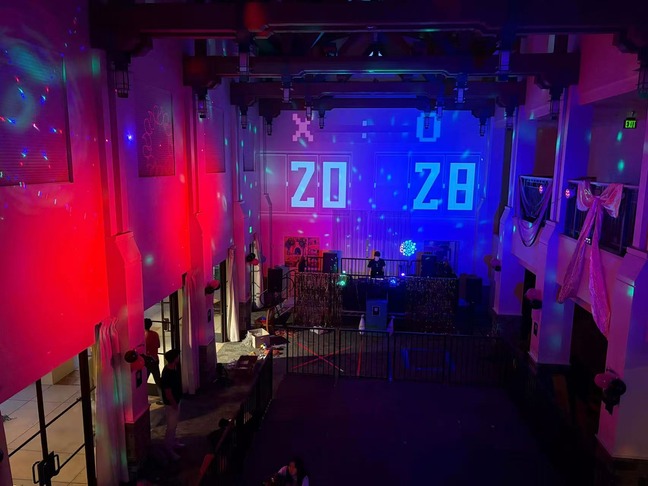
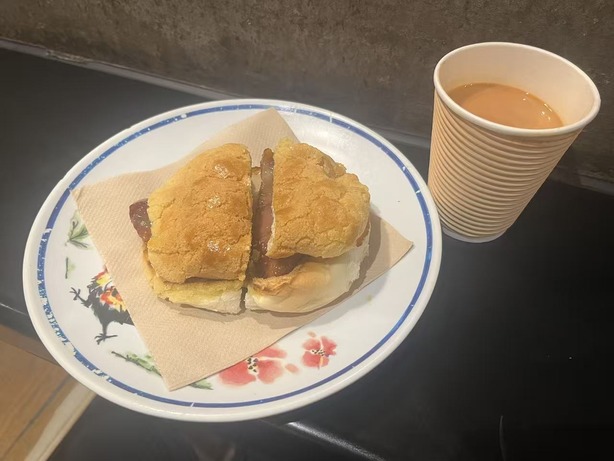
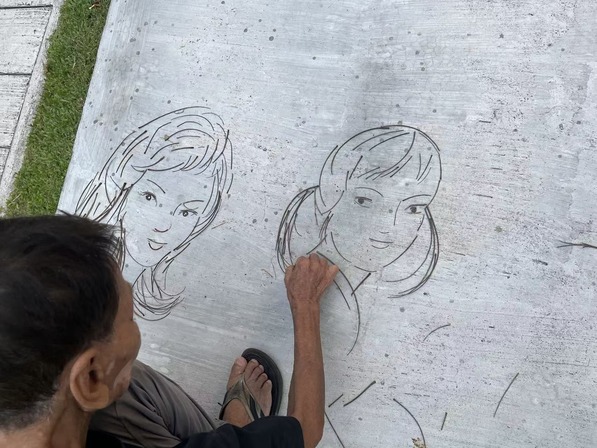
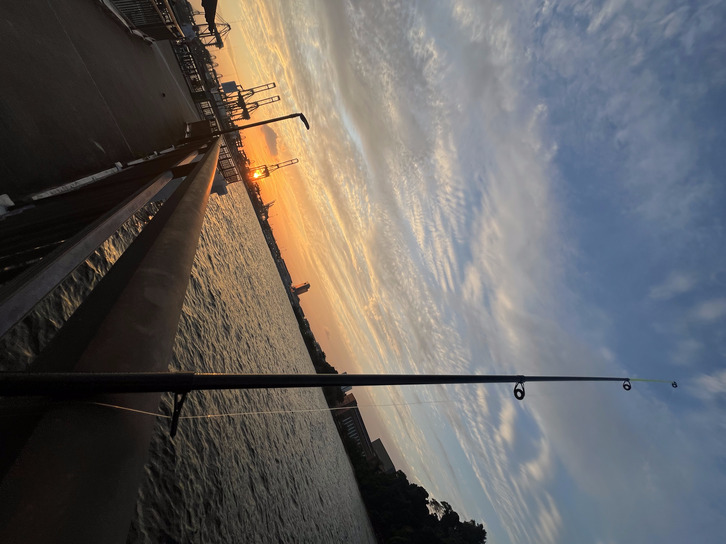
Leave a comment